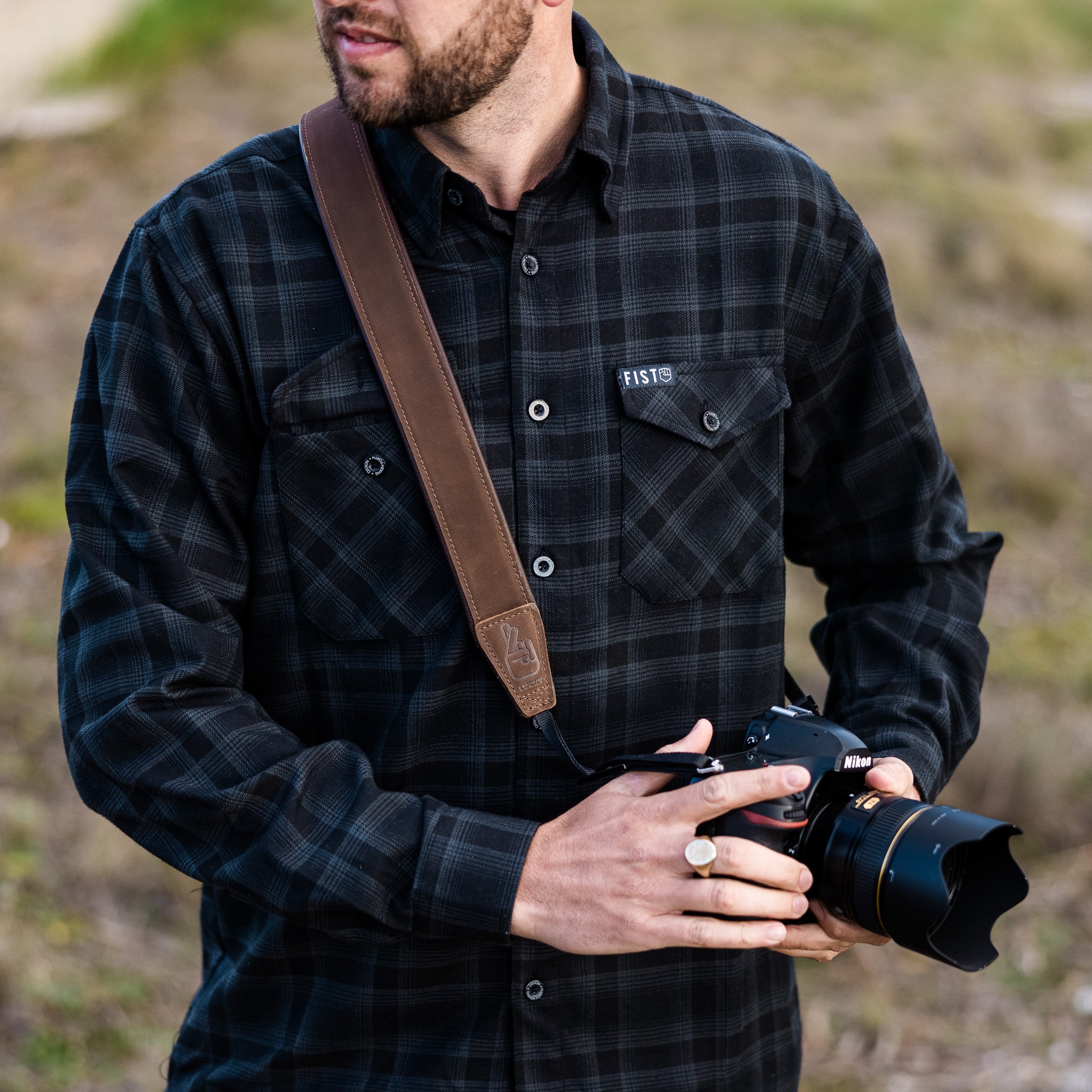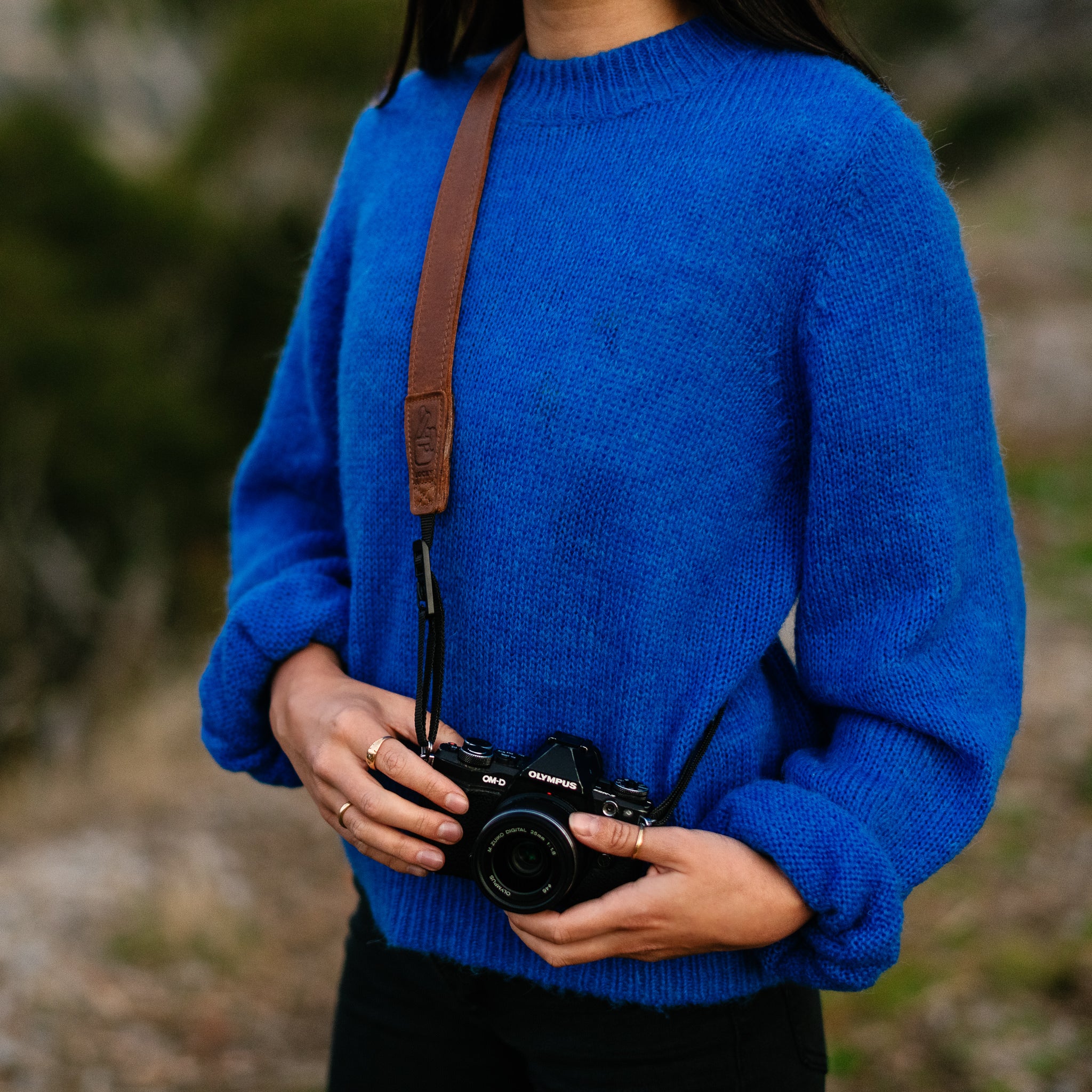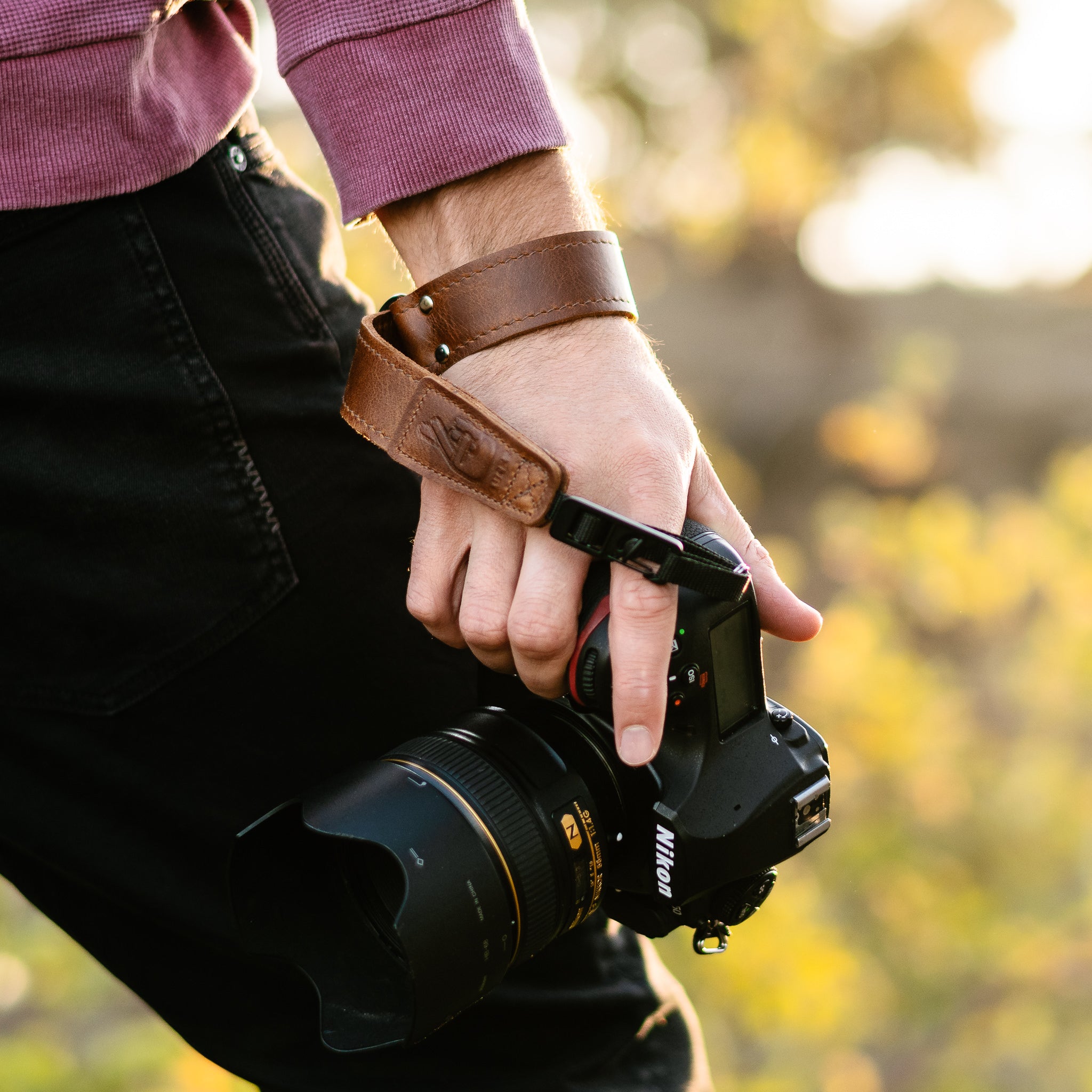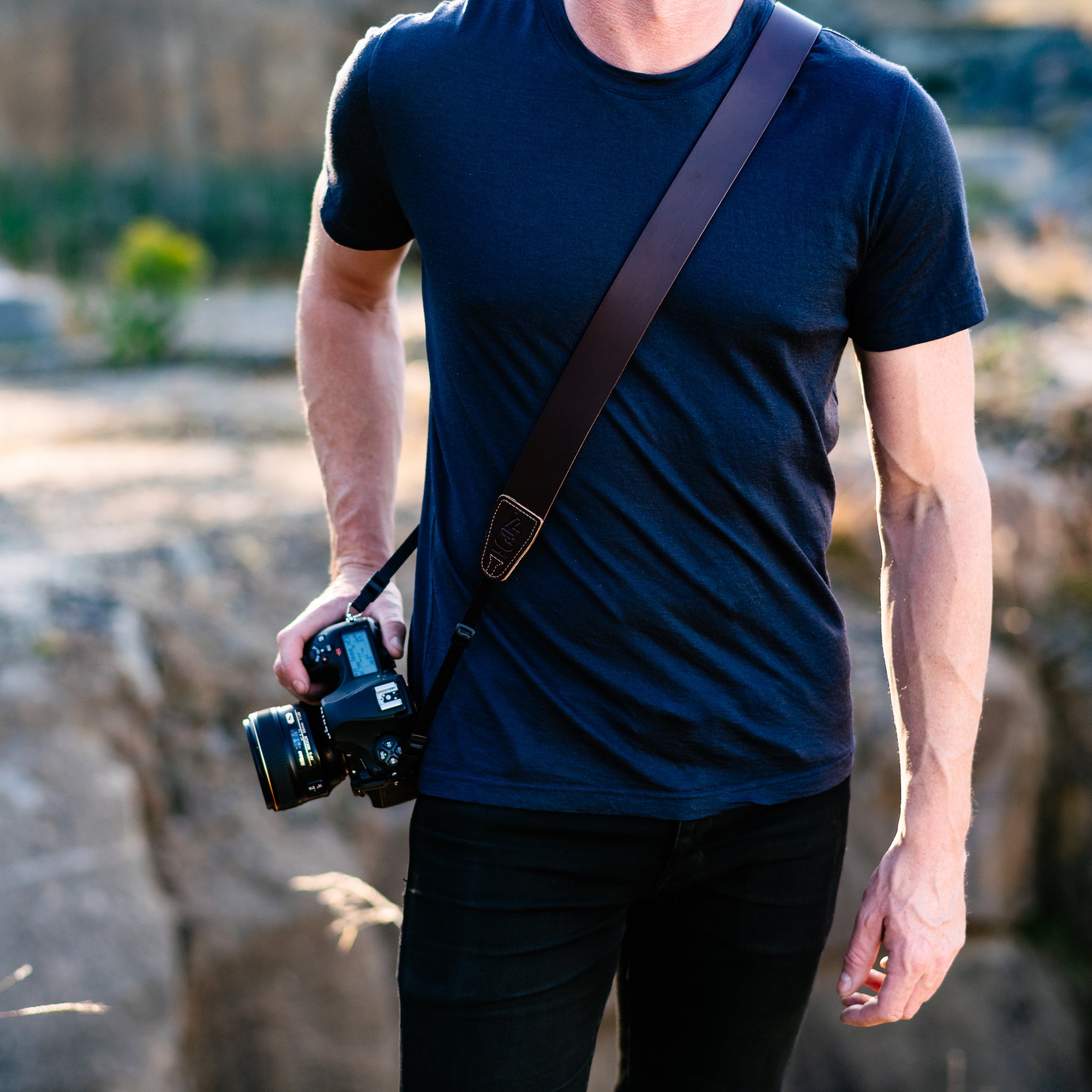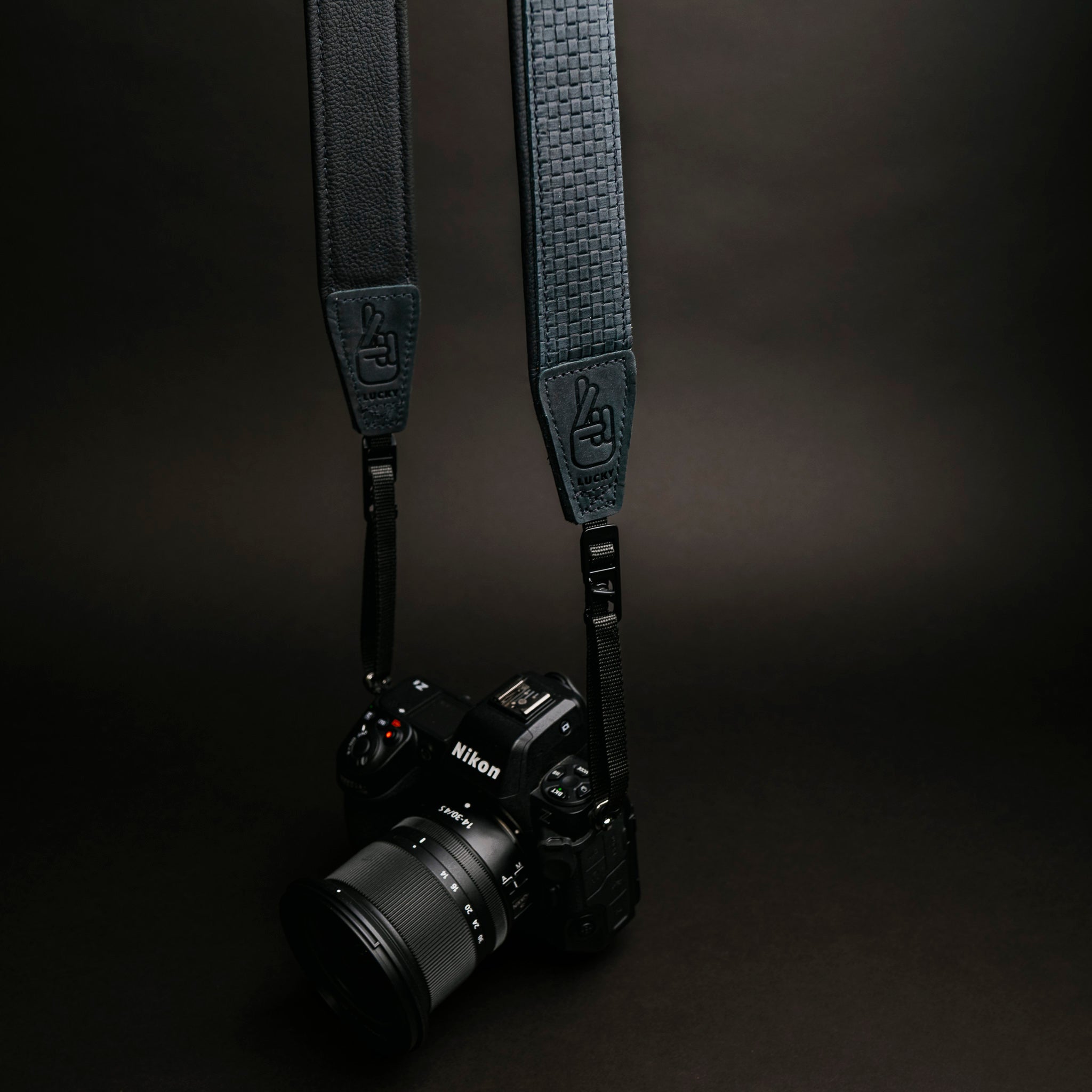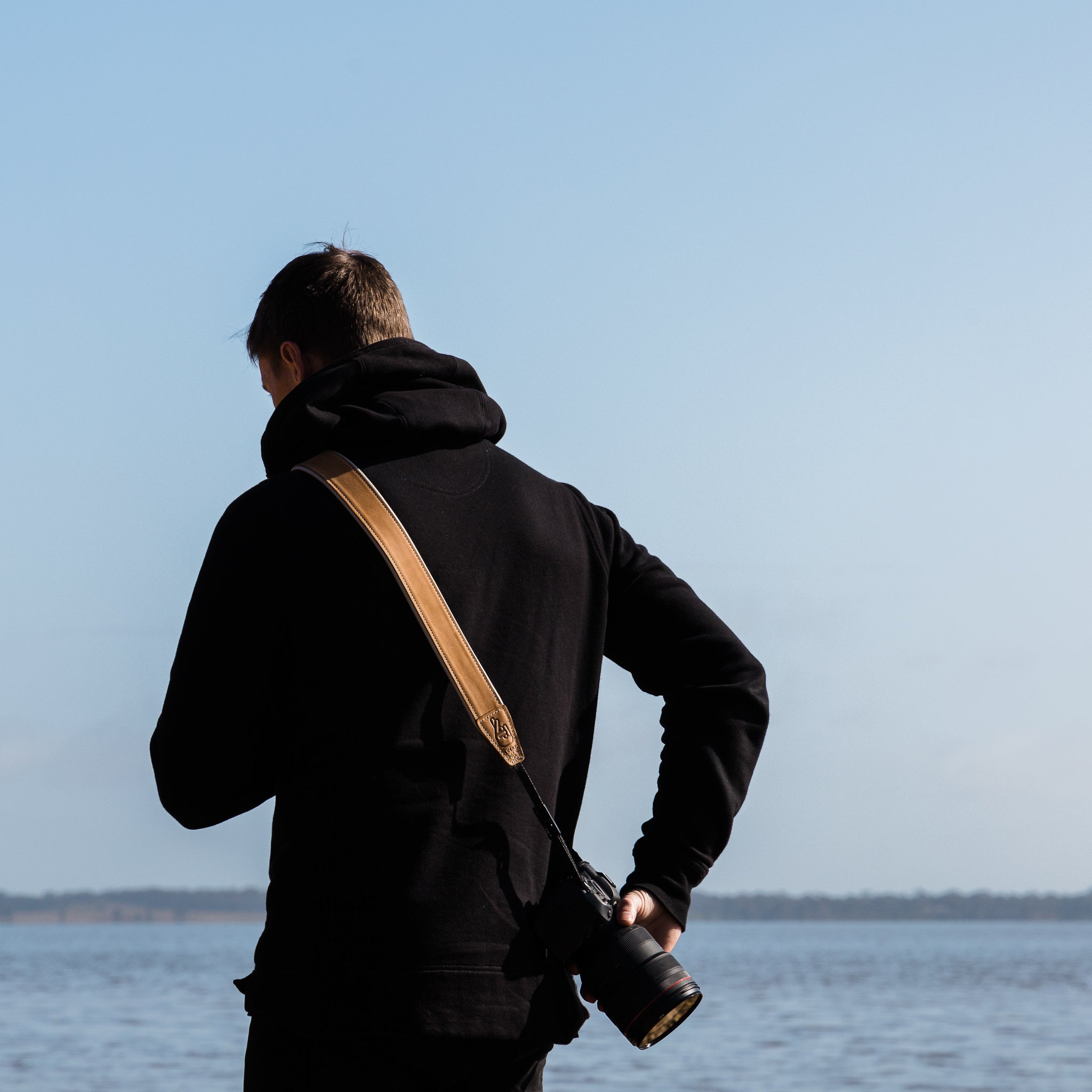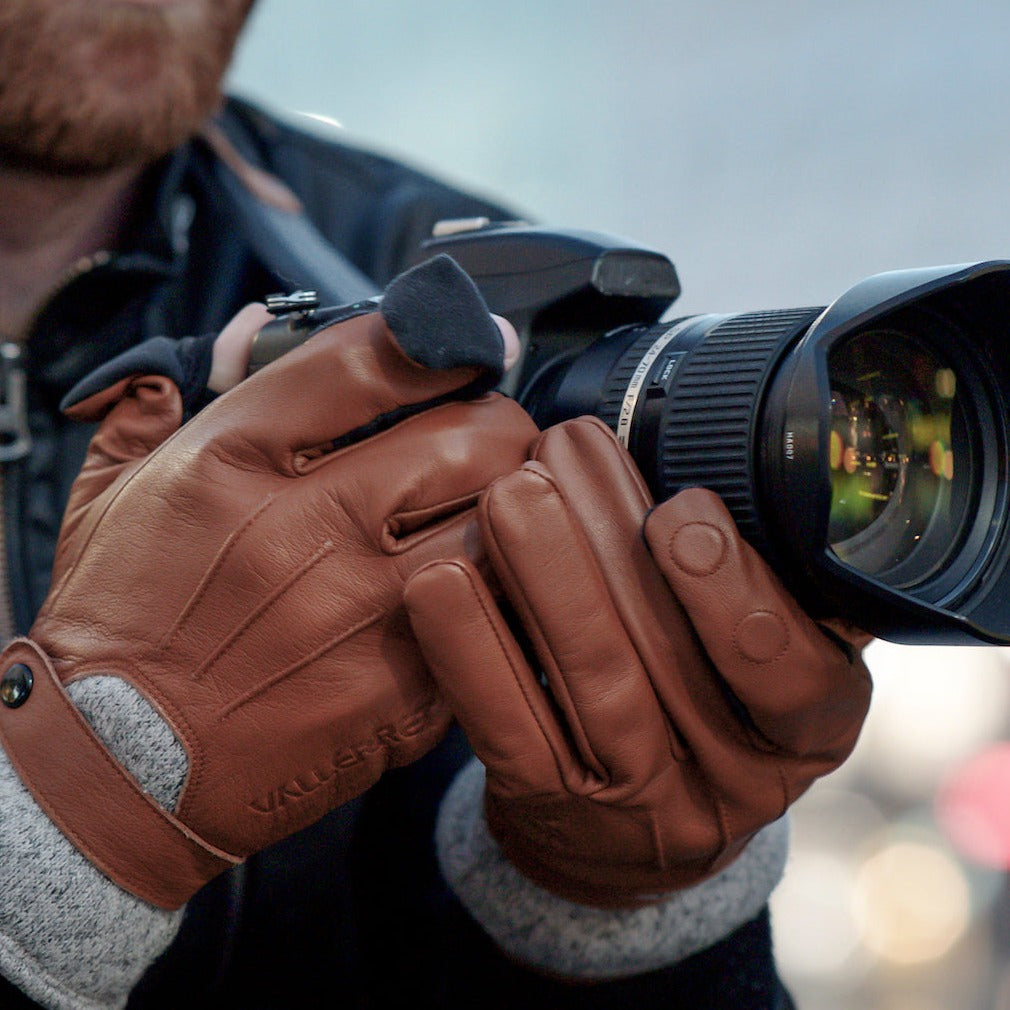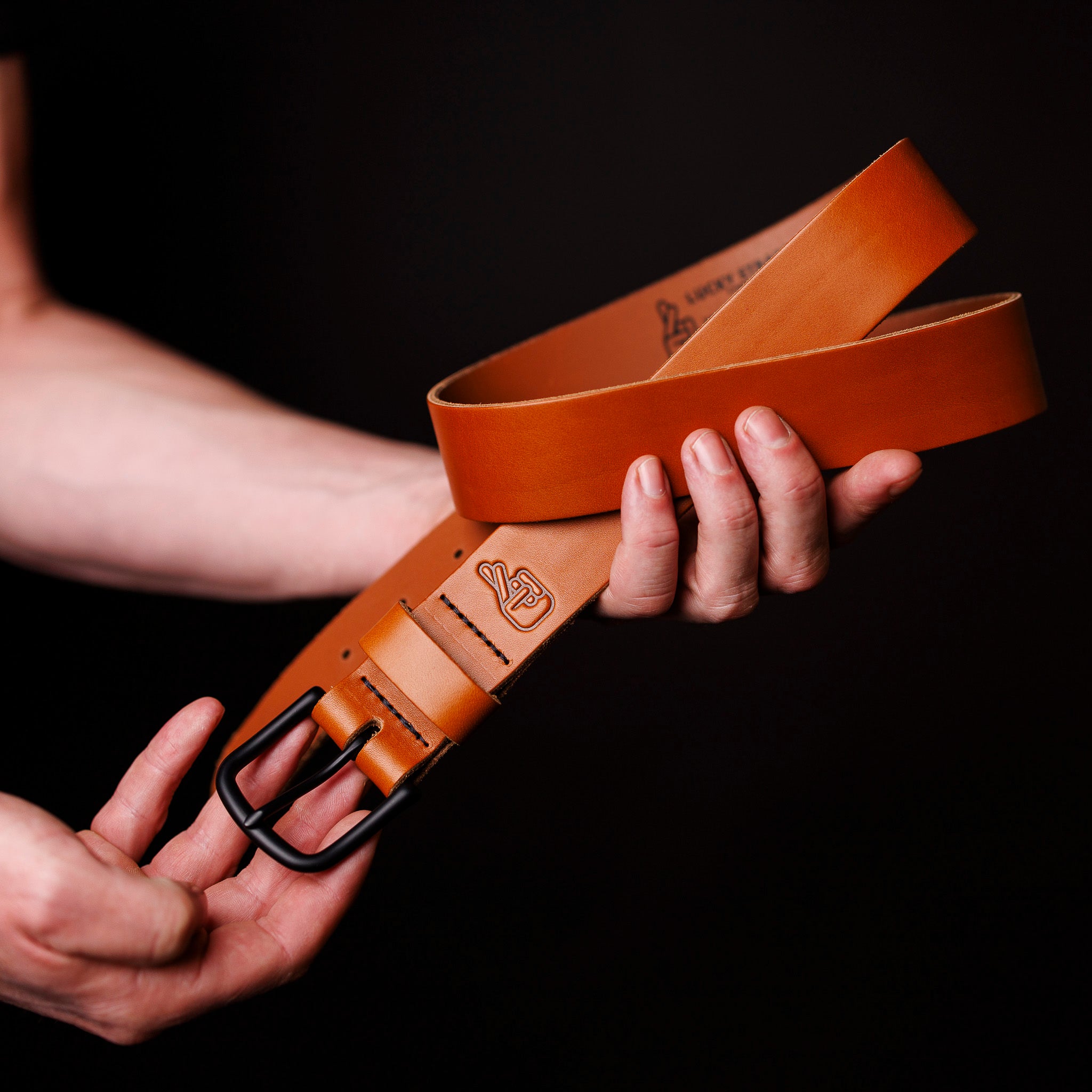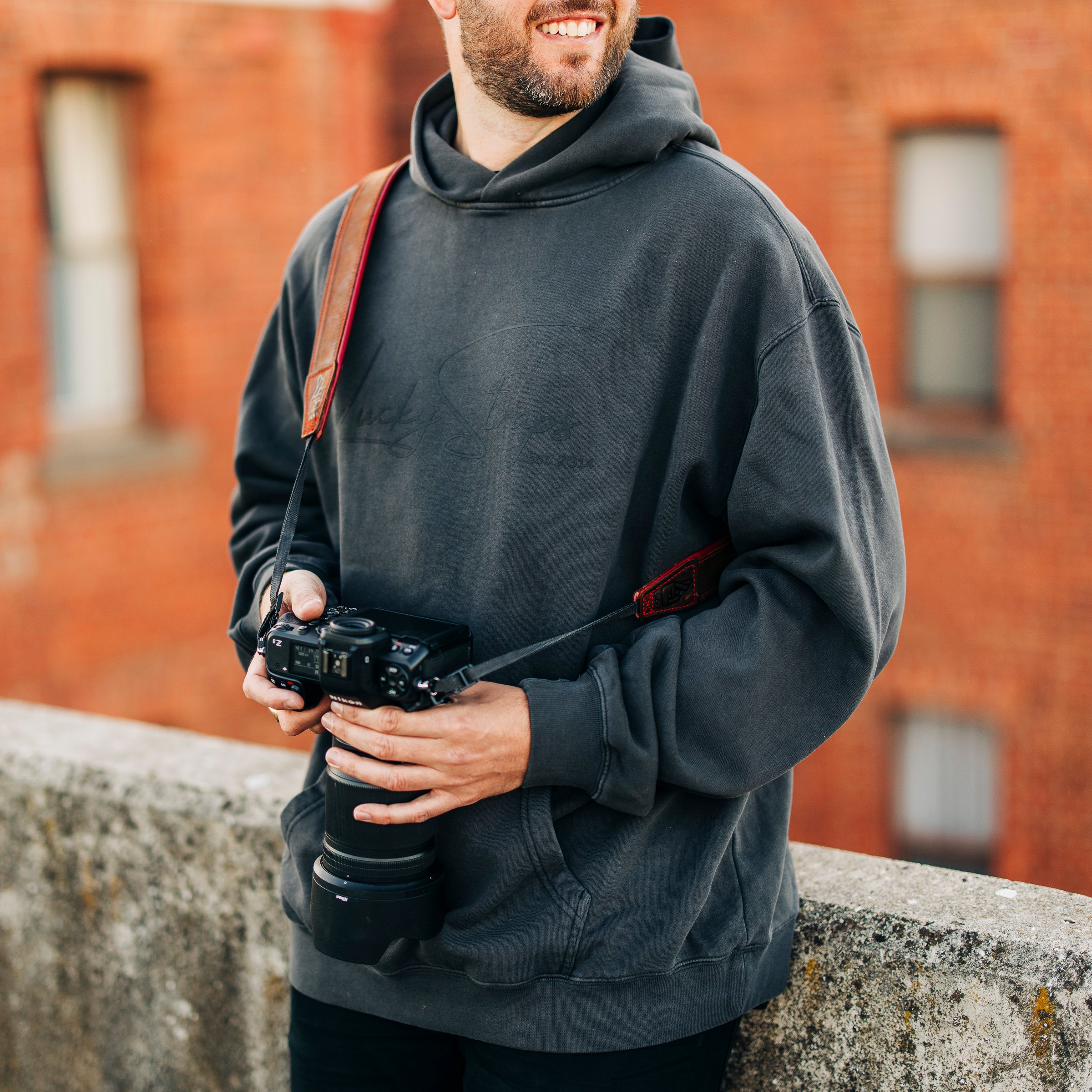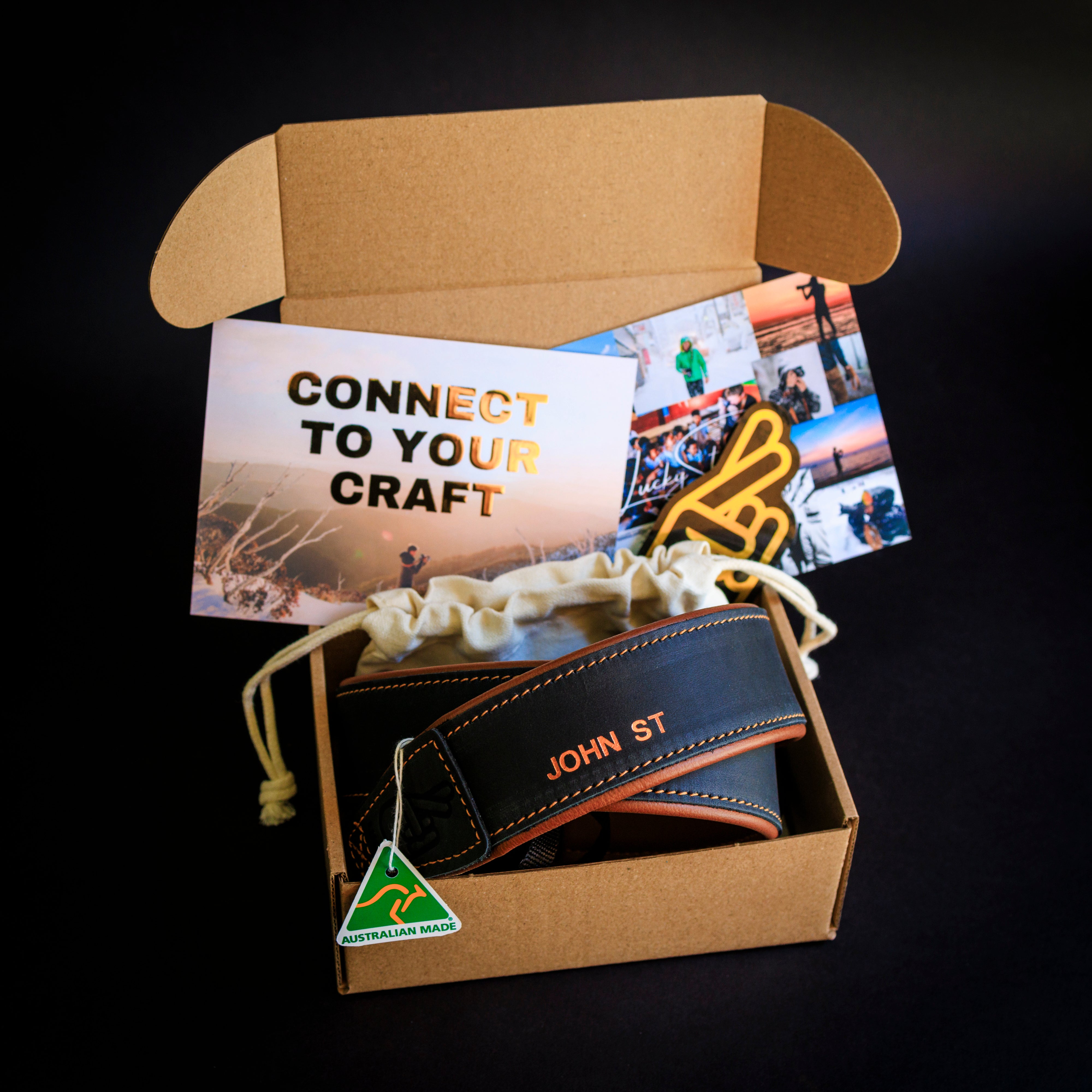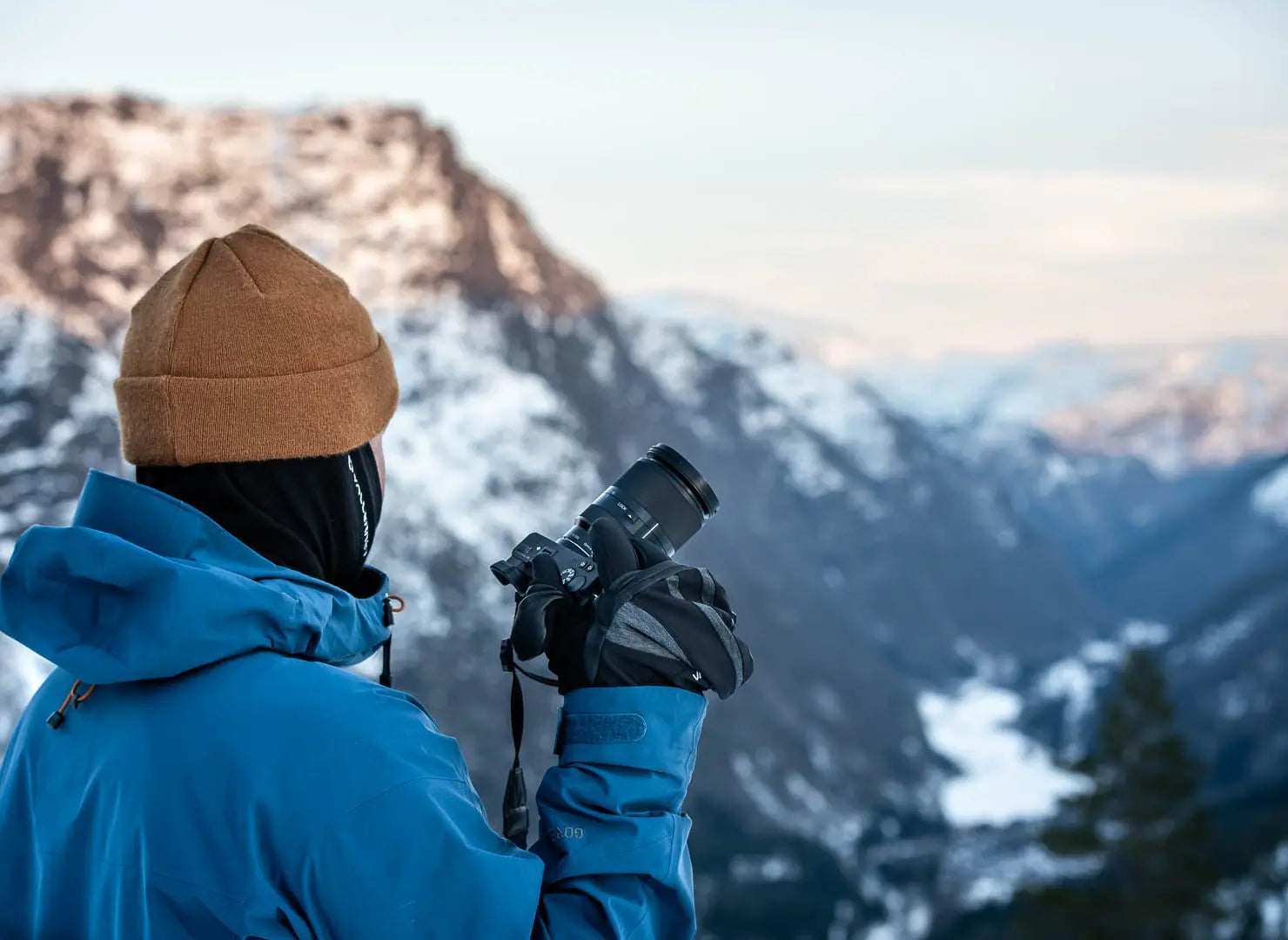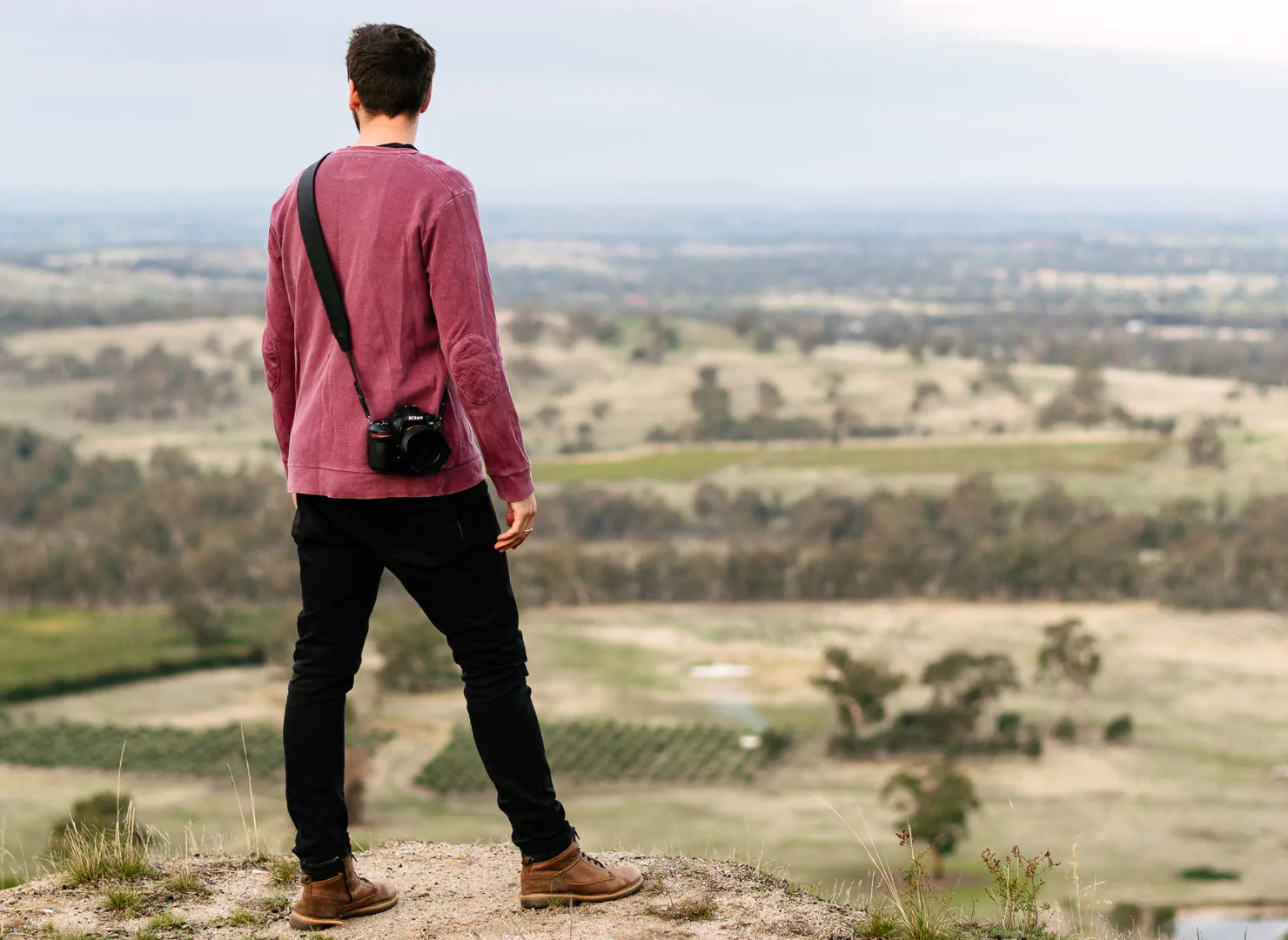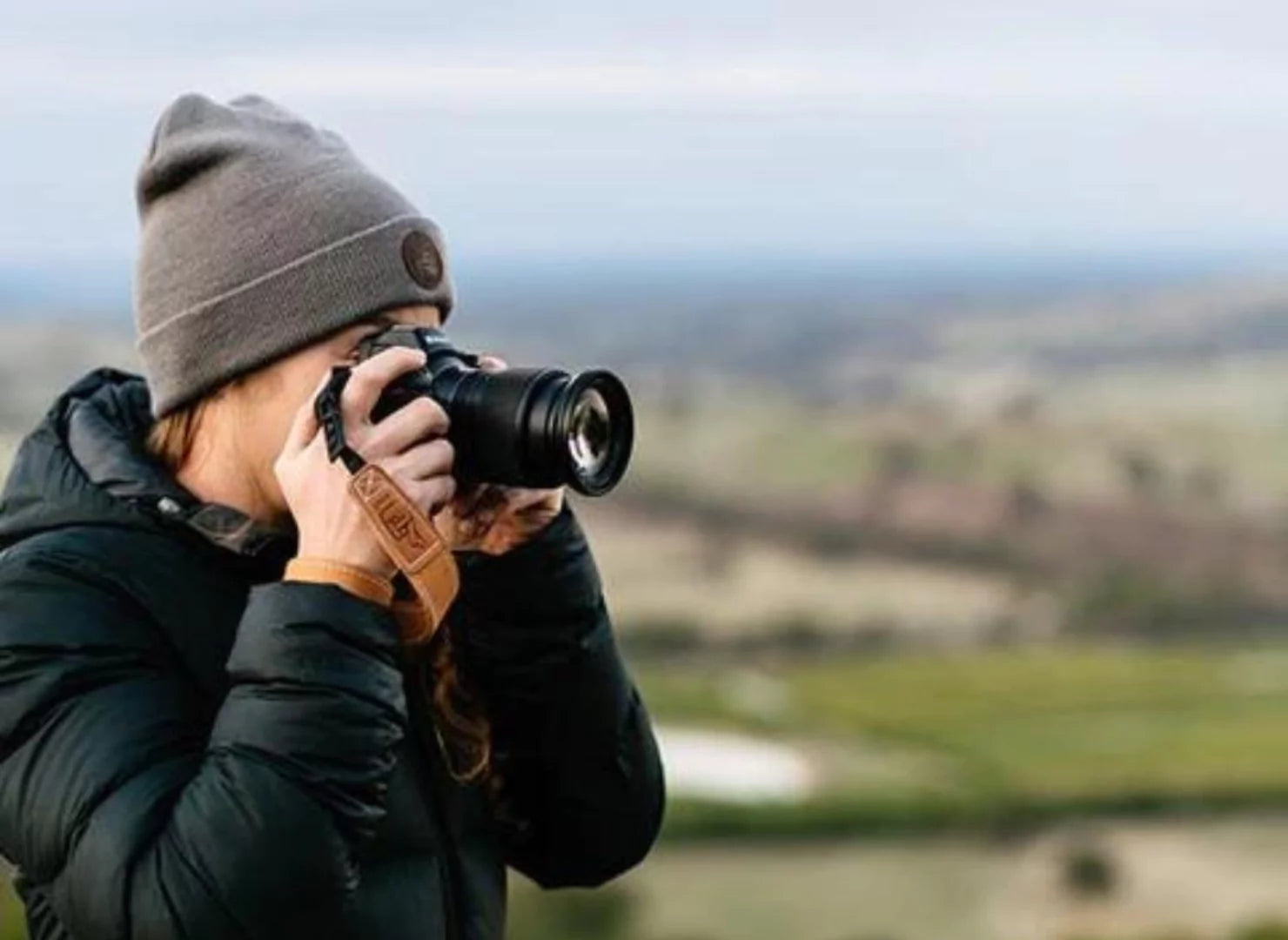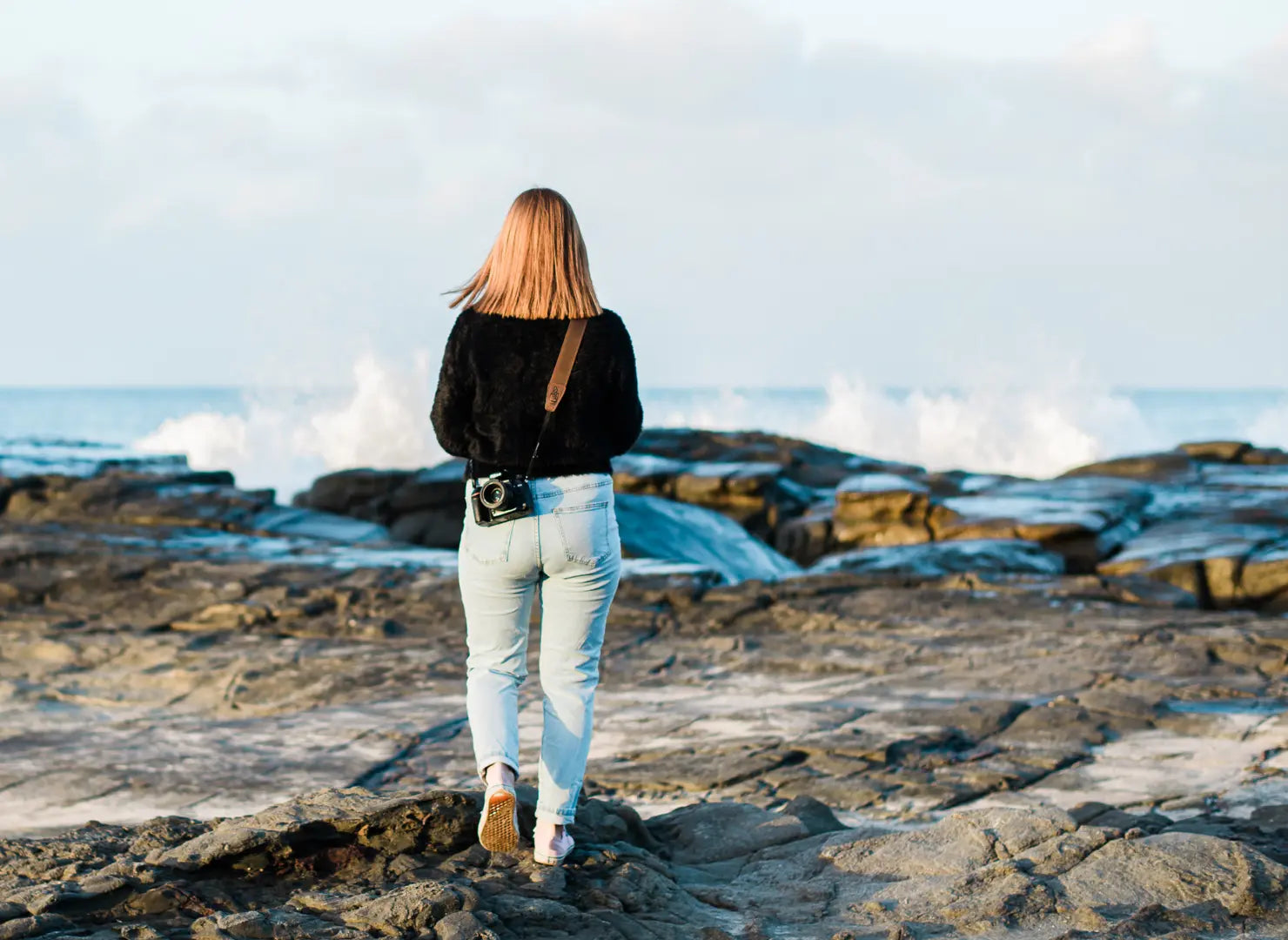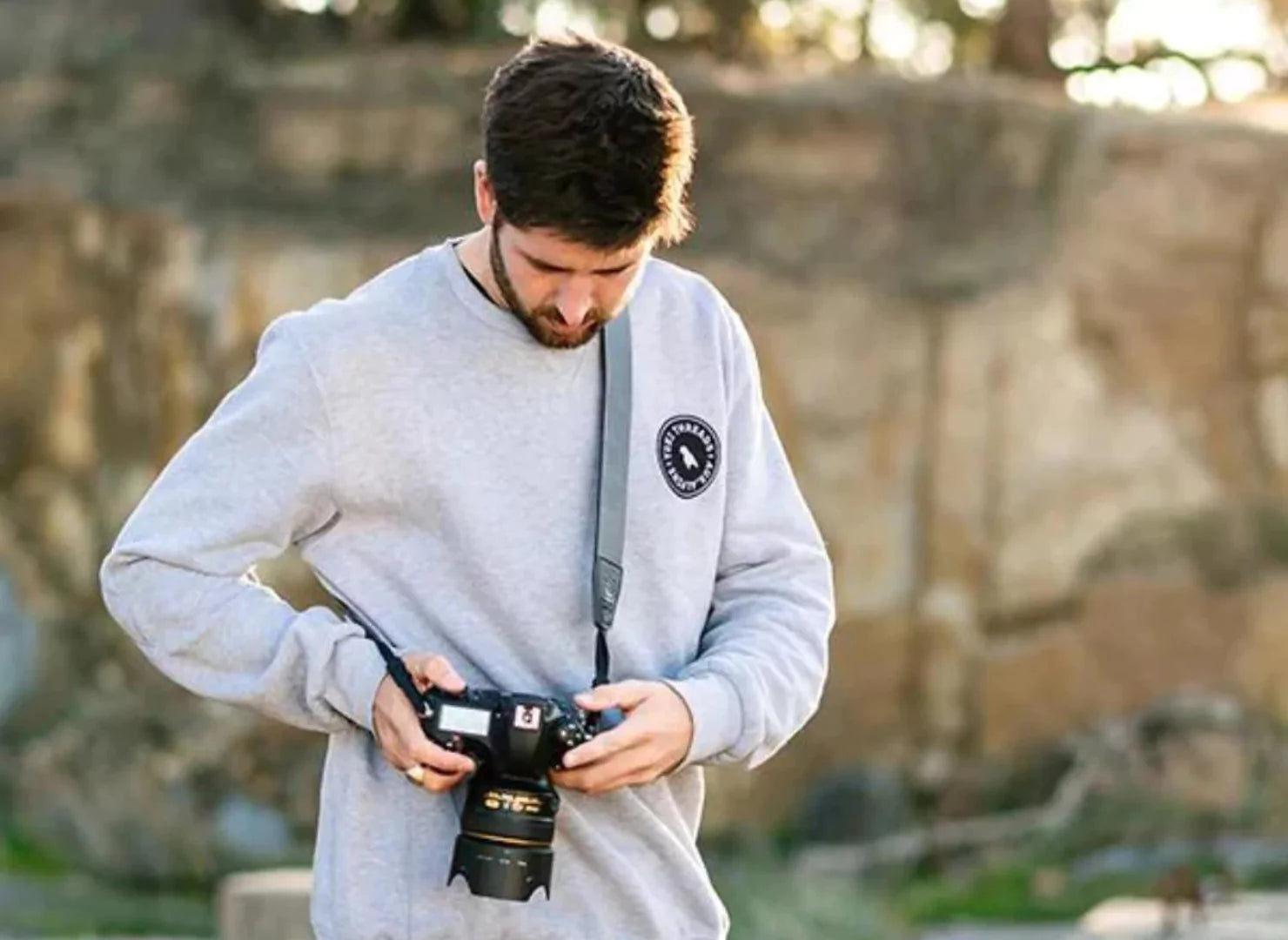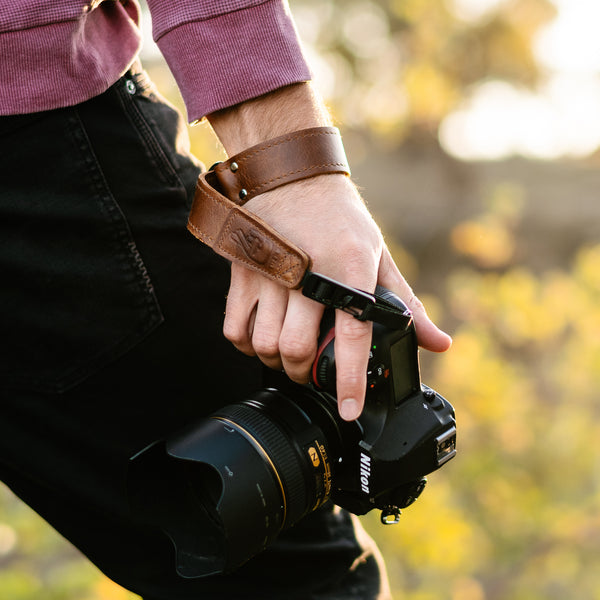You find yourself with a fist full of dollars and have decided to make the wise investment of buying a new lens. You stuff your cash into your pocket and make the journey to your local or favourite camera store. Or, if you are hunkering down at home, you jump online and search 'Best Lenses For 2021'. Only, you find that every article that appears in your search have different Best Lenses For 2021 recommendations. Or, if you do happen to walk into a store, you are faced with glass cabinet after glass cabinet of lenses of every shape and size. The salesperson is just itching to make a sale and convince you to buy something you probably don't need.
There are so many choices, and it is a little overwhelming. Not to mention the dilemma of deciding if you should use a prime or a zoom. By the way, this scenario is just as relevant for the pro togs as it is for those starting. So if you are new to the lens game, don't feel like you are out of your depth - we all feel it at some point. This scenario ultimately begs the question of where you start when buying a new lens. The first thing to do is decide whether you should use a prime or a zoom. And that question in itself is worthy of a whole article - so here we are.
You Need To Ask Yourself Some Questions
I still get asked what lens to buy and if a zoom lens is better than a prime. The answer is not so simple and to confuse people; I often ask what lenses they already own. I ask what they like to shoot and then I annoyingly state that they should shoot with what they already have and save their money.

You see, I am a big believer in becoming a better photographer by shooting with the gear you already have. The gear doesn't make you a better photographer. But practice, time and getting out and using the equipment you already have will make you a better photographer. But, a part of me also loves new gear and the thrill of playing with a new piece of glass. So for the sake of this article, let's ignore the common-sense side of my reasoning.
Fill The Gaps
The next thing to consider is the gap you are trying to fill in your kit. There's not a lot of point doubling up on a focal range for the sake of an F-stop or two. Unless of course, you upgrade a lens that you use exclusively and want to elevate your output. Otherwise, take a look at your kit and line up your lenses to see what you have already.

Next, consider what you use each of these lenses for and how well their focal range and performance cover your needs. If you love wildlife photography yet only have wide or standard focal range lenses, you will likely want to consider a telephoto lens. If you're going to get into landscape or architecture photography but find that you have to keep stepping back to get the composition you want, you will benefit from a wide or ultra-wide lens.
Just be sure not to get carried away, filling the gaps in your kit by thinking that you need to cover every focal distance from ultra-wide to a 600mm telephoto lens. That will prove to be an expensive exercise with some other negative impacts. For one, you will spend your life lugging around the heavy glass and may learn to hate photography due to back and neck pain. You will also likely find that you don't use, and ultimately need, all of those lenses. They will often end up gathering dust and your resentment when you get your credit card statement.
The Prime V Zoom Debate
Let's get to the guts of this topic and discuss if you should use a prime or a zoom lens. If you join a camera club, take part in a photo walk or jump online into a photography community, there will be a common debate raging somewhere. And that is the Prims V Zoom debate - probably best to only join a community that encourages healthy and respectful discussion. Otherwise, it can get nasty!
It seems that there are people that will only use zooms and will defend their virtues to the death. The same is true for the prime fanatics. The best way to tackle this is to break down each lens type and explore primes and zooms' pros and cons.
Common Points Of Agreement In This Debate
There is a lot to be said about zoom lenses and their appeal. And of course, not all zoom lenses are big behemoths that require a monopod to get them horizontal. Zooms come in all shapes and sizes including the smaller and more compact kit variants of the 24-70mm range. Kit lenses used to be a bit of a toss away item but more and more the big brands are developing stellar kit options.
Kit lenses generally won't have the best optics compared to their 'badged' or pro-grade products, but if you are starting, they are perfect. A lens such as the full-frame 24-70mm or the APSC 18-55mm provides an excellent balance and range. You have the wider end fit for landscape and street scenes. Plus, you have the benefit of being able to zoom in for portraits, product shots or capturing the action at a local event.

And that is probably the best selling point about zoom lenses. They are super convenient to have on your camera or in your kit. I would always recommend a zoom or two over a bag full of prime lenses when it comes to travelling. To travel light, drop a zoom lens on your camera and enjoy the day. A popular choice is a lens with an 18-135mm range cover the wide end for landscapes and the ability to zoom in on wildlife. This kind of setup is convenient, light, and you can get away without a bag. Just attach a quality camera strap - such as the Lucky Straps Standard 53 available in a range of finishes. This strap is ideal for travel as it is durable, incredibly comfortable, and features slash-proof webbing.
On the other hand, prime lenses will only cover the one focal distance, meaning that you must zoom with your feet if you are too close or far. But there is joy to be found in the pursuit of the perfect composition with a prime lens. And, as zoom lenses tend to be heavier, carrying a light kit with a single prime lens can be liberating—especially when compared to spending your day carrying a bag full of glass. Taking a lightweight and straightforward kit such as a mirrorless camera with a 35mm is ideal for street photography. I know photographers that prefer this kind of setup for travels too.

Often, shooting with less makes us work harder and develop new photographer skills. It is especially true when compared to standing in the one spot and using the zoom to explore the scene. Walking to find the best angel can reveal hidden details in a composition. Carry a small kit with a quality strap such as the Lucky Straps Simple 20 Wrist Strap in Black, Tan or Cognac. It will guarantee comfort and accessibility all day long.
Size and Weight Considerations
While zoom lenses can be very convenient, there are some considerations for buying a zoom or prime. Some zoom lenses tend to be far heavier than an equivalent sized prime. While if you are only carrying a single zoom lens, this is not such an issue. But once you start building your collection and taking multiple lenses, the weight begins to be an issue. Nothing worse than feeling irritated or achy due to a heavy kit in your bag only halfway through your shoot. It can be distracting and defeating, especially when on travels.

In general, prime lenses are smaller and lighter as they do not need to expand to accommodate the zoom mechanism. Also, they have a less complicated arrangement of internal glass elements that do not need to shift and accommodate different focal lengths.
Aperture and the Pursuit Of Light
Zoom lenses have variable apertures just like primes however they are never as wide. It is mostly due to the lens elements' construction within the lens. Achieving a wide aperture that works with the moving glass elements is tricky without making the lens huge. It is also an engineering challenge to achieve image sharpness across the range with a wide aperture zoom. So, lens designers opt for a balance between aperture, lens size and image sharpness.

You will find that most zooms will have a variable aperture such as 18-200mm F3.6 - 5.6. At the 18mm end of the range, the widest aperture is F3.6. However, as you zoom this drops to F5.6 at the 200mm end. More and more lenses feature a fixed aperture through the range. A great example of this is the 50-140mm with an F2.8 aperture. So the widest aperture will remain consistent from 50-140mm. These sorts of lenses are ideal for low light conditions compared to the variable aperture. You can zoom and know that the light hitting the image sensor will not change.
When looking at prime lenses, you will quickly notice that they have much wider apertures in a lot of cases. Again this is due to a far less complex set of engineering expectations from the lens. Wider apertures mean that more light can pass through the lens and hit the image sensor. Prime lenses are superior in low light situations. While that in itself is debatable, it makes perfect sense. The other obvious benefit of a wider aperture is the ability to achieve a more pleasing depth of field, subject separation and of course, bokeh. A lot of portrait photographers will prefer a 50mm or 85mm prime lens over a zoom that covers the same focal range.
Sharpness In All Conditions
Image sharpness is something that all photographers strive for, and as a result, it is a crucial consideration when buying a lens. Always do your research on image sharpness of any lens you intend to purchase. While the manufacturer's sample images are gorgeous, they can be deceiving.

While zoom lenses can achieve excellent image sharpness across the whole frame, they may not be able to do so across the entire focal range. For example, a 55-200mm zoom lens may deliver incredibly image sharpness at 85mm, at 55mm it can be sloppy at the edges. And at 200mm the edges have noticeable blur and even distortion. It's is especially evident in zooms where the focal range covers super wide like 18mm and long like 135mm. The lens does the job of two very distinct primes, and as a result, something has to give. Usually, it is low light performance and image sharpness that suffers.
On the other hand, prime lenses are the kings of image sharpness. They technically do far less, and as a result, they are better at managing image quality and sharpness. The lens engineers dial in precise positioning of the glass elements that do not need to move. For this reason, lens correction and the avoidance of distortion is far more substantial in prime lenses. Keep in mind that it is good and bad in every lens, so do your research on image quality. Also, image sharpness is not a guarantee across the whole aperture range.
Focus Performance
When deciding to use a prime or zoom, the final point of consideration is the focus performance. I have made it pretty clear that lens developers need to create lenses that can do it all. They have to handle low light situations, achieve image sharpness, subject separation, bokeh and be of a suitable size and weight. Another element they cannot ignore is focus-performance. As camera brands compete to deliver the fastest and most accurate AF and tracking, lenses must keep up.

Prime lenses have quite the job to move a lot of glass as fast as possible to achieve the camera's focus. As a result, entry and enthusiast-level zoom lenses cannot compete with prime lenses' autofocus performance. Of course, if you have the cash, pro-grade zoom lenses are just as fast as primes - especially those used for sports and wildlife. Prime lenses tend to have the best autofocus systems as their internal focus motors have far less to do.
Final Thoughts
In answering whether you should use a prime or zoom, there is a lot to consider. But the key takeaway from this article is to think about what you shoot and what gaps you have to meet those needs. Then get to know how prime and zoom lenses work and the pros and cons for each and for the work you do. Above all else, build your kit over time and fully explore everything your existing lenses have to offer before you rush out to buy a new one.

